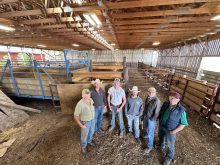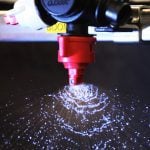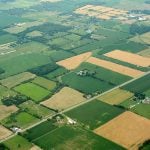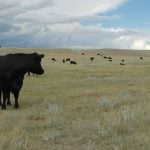There is an ever-increasing trend these days toward more and more specific genetic tests being developed as the cattle genome is being mapped. Your quandary as a cattleman and especially purebred breeders is which genetic test or tests will give an economic return or improve your herd. This could be a direct return in the form of bull sales or perhaps a better class of cattle to build your herd around. In this article I will try and summarize some of the tests available and their benefits as well as an idea of where I think genetic testing is leading us.
Read Also
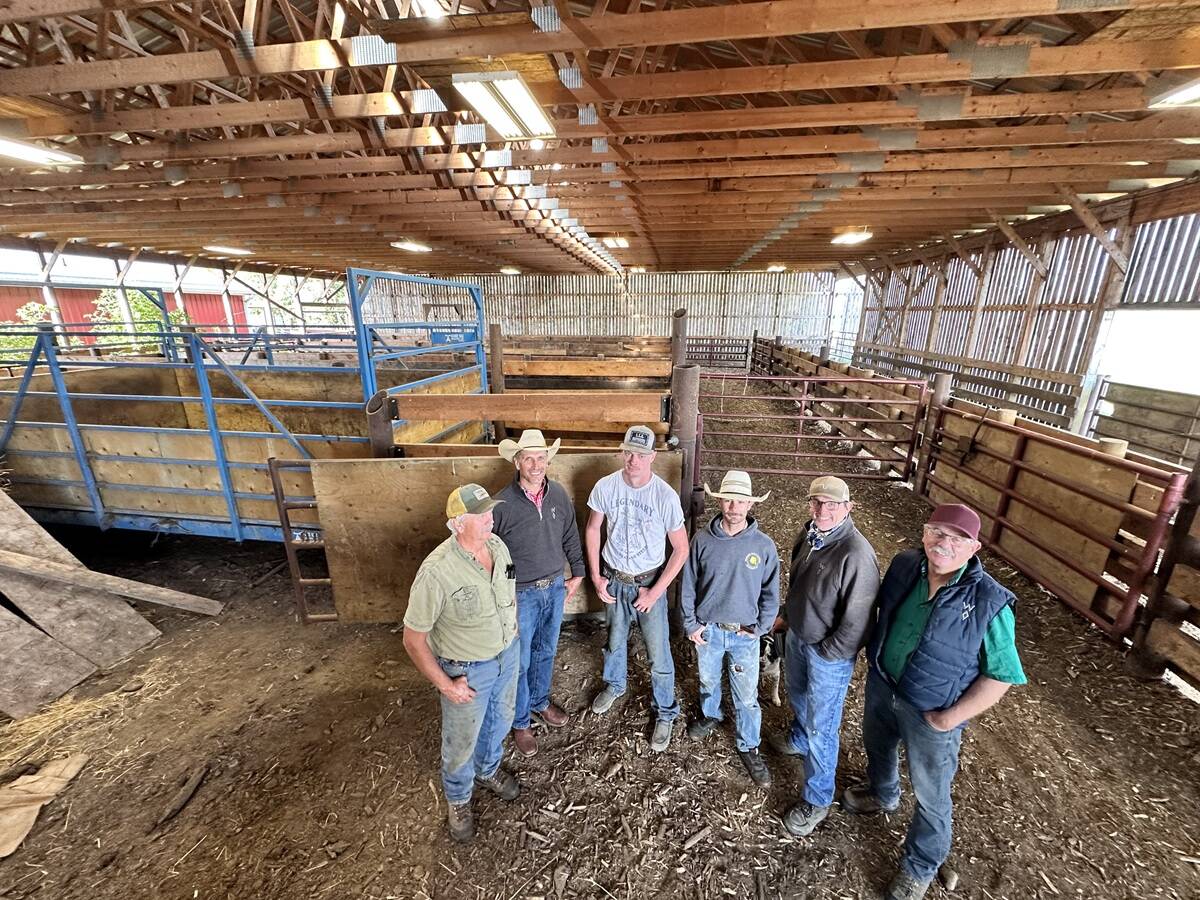
Farm families work together to graze cropland with cattle in the fall
These Alberta farm families have separate operations, but work together to manage their land
First off it must be remembered most if not all the genetic traits we test for can be selected for naturally over time. An example is the test for polledness. To determine if a bull is homozygous polled one could mate him to nine or 10 horned cows. If the offspring are all polled there is literally a 99 per cent chance he is homozygous polled. The kicker here is this has taken one year to find out and you have already purchased and used the bull. Now this can be done with a blood test so you can find out the results before he is even purchased. If having all polled cattle is a very important part of your operation this may be a test worth considering.
With all these tests the cost has to be considered. Currently the polled test runs about $100 and the lab currently is in the U.S. so the blood must be sent by courier at an additional cost. A few tests still come back indeterminant meaning they are not sure but those tests are not charged for.
There are tests for colour to determine if black cattle are homozygous for black or are red carriers since black colour is dominant to red. This could have an advantage for you either way depending on the colour and consistency of your herd. Again cost versus benefit must be taken into account seeing this genetic test could give you an upper hand on the market.
Genetic testing and impeccable record keeping will eliminate the need to always test in the future. A homozygous black animal bred to another homozygous black will always yield a homozygous offspring so there would be no need to test this calf in the future.
There is a test for the propensity to marble (the fat gene), which has garnered lots of interest as of late. Animals that are carriers or homozygous for this gene have a greater likelihood of grading AAA, which could add value to the carcass. This test was just surfacing as the BSE crisis came upon us so it was not adopted wholeheartedly at the time.
Other genetic tests in the works look for docility. Again we can select for this trait naturally; most of you have purchased a non-docile bull or a group of wilder heifers over the years. Their offspring possess these same traits. Wild animals are more prone to injury, they don’t grow as well and they upset the other cattle in the pen as well. Knowing about this trait before they are purchased would be a great advantage.
A.I. sires could have genetic profiles on all these tests adding more data from which to choose a bull. One might argue too much choice confuses people but one can never have too much information. The cream of the genetically superior animals will rise to the top.
The dairy industry in the U.S. tests for fertility, milk production without sacrificing fertility, red colour or a natural variation in BST or bovine somatotrophin, a growth hormone available down there. We all know from natural selection when we over-select for one trait other traits may be sacrificed. This can be avoided when using genetic tests by selecting the right combination of traits.
Companies such as Merial with Igenity and Pfizer already have tests available and are regularly adding to the scope of these tests by adding new markers or SNPS for specific traits. This is a rapidly expanding market and we are bound to see innovative products being added in the next few years for cattlemen to utilize.
The tests require either blood, hair follicles, nasal swabs or in the case of bulls, semen. The labs that perform the test on hair make it much easier for producers to collect the sample and there are no issues with freezing or heating which can occur with blood. The hair can also be mailed which cuts the expensive costs of couriers. Grouping samples together always makes shipping more efficient. Unfortunately, not all tests can be done on hair follicles at the present time.
By combining our skill of culling using EPD information and these genetic tests the selection process can become more fine tuned so we can evaluate the genetic quality of an animal much earlier in its life greatly reducing the investment required in terms of time and money. Purebred breeders especially should talk to their veterinarian about which test would be appropriate for their herd. This is another type of genetic counselling veterinarians may be able to offer.
Breed associations are always interested in genetic defects that might damage the breed’s reputation. We may be able to test for significant defects genetically and eliminate the carriers if that is an appropriate step. The signifi- cance of the defect has to be weighed in relation to all the other costs of production before a decision is taken. You always want to proceed cautiously with genetic decisions.
It is only a matter of time before more of these genetic tests are used commercially in Canada. Genetic testing in combination with our natural selection processes may usher in a time when the demand for our seed stock will flourish again both here and abroad.


